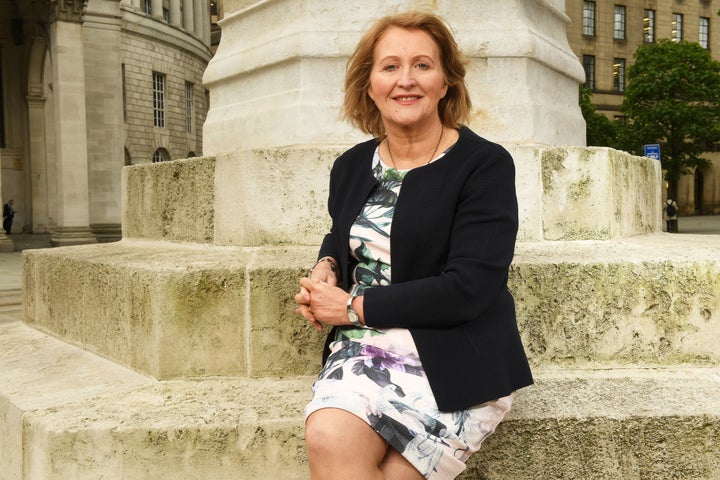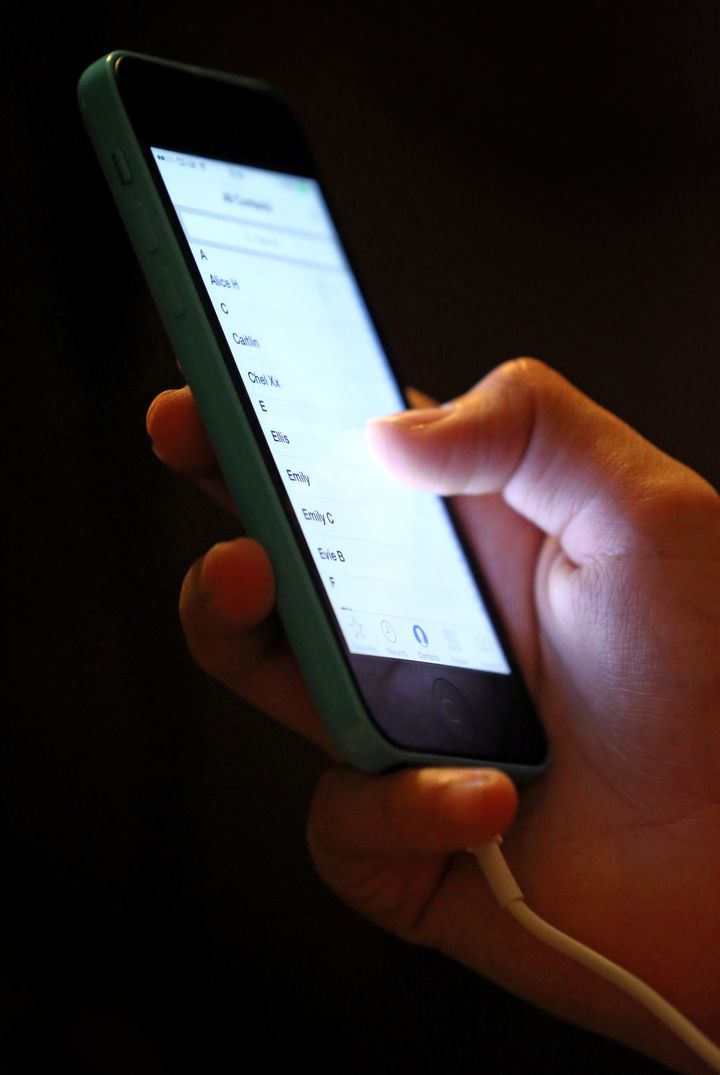It’s taken Matthew Norwood decades to recognise that he was a child victim of grooming and exploitation.
He was selling drugs from the age of 13 and by 16 he’d served time and become adept at spotting loneliness and neglect in other children, turning these vulnerabilities into a recruitment tool.
“You make them feel part of something,” he says, describing how he’d spot a child hanging near the group and strike up a chat or ask them to run an errand.
If they seemed gratified by the attention, he’d get them to stash some weed, or give them food, money or gifts to cement a sense of obligation.
Today’s county lines gangs use similar strategies, but escalate rapidly to coercion, often staging robberies of money or drugs left in the child’s care and forcing them to work for years to repay the debt.
“They know they’re exploiting kids. But they don’t care. You justify it. ‘I’m feeding them, that kid’s getting money. If I don’t do it someone else would’”
- Matthew Norwood, CEO of 1Message
Typically this involves trafficking the young person to small towns for days or weeks on end to deal drugs from houses that Simon Harding, director of the National Centre for Gang Research, describes as “filthy, rat-infested hellholes.” Violence and sexual abuse are rife.
“They know they’re exploiting kids. But they don’t care. You justify it. ‘I’m feeding them, that kid’s getting money. If I don’t do it someone else would’,” says Matthew, who as CEO of 1Message now trains others to detect signs of grooming.
The UK is in the midst of a modern slavery crisis. Every year since 2014, the number of people identified as potential victims of forced labour has soared, reaching 10,627 referrals last year – a 52% rise from 2018.
“Lockdown removed many of the usual ways of identifying children at risk of being exploited by gangs”
- Anne Longfield, children's commissioner for England
Worryingly, in the first three months of 2020, there was a sharp drop in these referrals; not because modern slavery is in decline, but rather because efforts to contain Covid-19 disrupted frontline services, meaning there have been fewer opportunities to spot those at risk.
Data collected by the Home Office shows that the largest group of modern slavery victims are now British children.
Almost all of these are British boys trafficked into forced labour by county lines gangs – a trend that charities and police warn has continued unabated during lockdown, as children are driven cross-country by their traffickers instead of relying on public transport, sometimes disguised as key workers.
The National Youth Agency launched a campaign during lockdown for youth workers to be classed as key workers, following its report that found organised crime gangs had adapted quickly to the pandemic and were grooming youngsters out of sight of the authorities.

Responding to the report, titled Hidden in Plain Sight, children’s commissioner Anne Longfield said: “Lockdown removed many of the usual ways of identifying children at risk of being exploited by gangs. With the closure of schools and youth centres, thousands of vulnerable young people have simply gone off the radar.
“As rules are relaxed there will be particular dangers for young people at risk of criminal exploitation.”
While lockdown is easing, for children who have been entrapped into modern slavery conditions by county lines gangs, the nightmare is likely to last for years.
“He went from being this laid-back lad to acting up, getting angry and anxious. He’d lose it over something silly and punch a hole in his bedroom door,” says Penny, whose then-teenage son was a promising gamer who competed in international tournaments.
When he and his girlfriend got pregnant, he began looking for more reliable sources of income – then disappearing for days on end. “He’d come back three or four days later, wearing someone else’s clothes and couldn’t look me in the eye,” says Penny.
“He was getting beaten. It aged him. I could see the damage that had been done to him”. Years later, in his 20s and in prison, he remains terrified of his traffickers.

While economic pressure makes a young person especially vulnerable, county lines recruiters will prey on any kids who feel ignored, says Sheldon Thomas, former gang member and founder of Gangsline.
“When you don’t feel loved at home or grow up without a father figure, the rejection is very severe”.
Christina Gabbitas, author of No More Knives, agrees. “It’s about educating your children, giving your children time,” she says. If they don’t get attention at home, “they will go get this from elsewhere.”
Some victims on the cusp of adulthood fall through the cracks because they’re too young for adult support programs or too old for child services. At 17, Amanda was sentenced to nine months in prison for her first offence: trafficking cannabis. As a minor, Amanda wasn’t eligible for the standard discharge grant (now £46) available to newly released prisoners.
“They gave me a train ticket and dropped me at the station,” she says.
A vulnerable teenager with no support network, within months Amanda met a man who “scared the living daylights” out of her, driving her to different towns and cities and forcing her to work as a prostitute.
“One night he took me to London, dropped me on the street at two in the morning with crack users everywhere and said don’t come back until you’ve made £300,” she recalls. “I was petrified”. Amanda found a phone box, called a number inside for Childline and told them what had happened – but the children’s charity couldn’t help. Amanda had now turned 18.
While it’s now generally understood that there’s no such thing as a child prostitute, no such consensus exists on whether a child can be a drug dealer.
Jeffrey Williams-Baah, who leads the Children’s Society’s STRIDE project to support boys at risk of criminal exploitation, says the organisation urges law enforcement to treat children as victims, not perpetrators.
This is gradually gaining traction. Tim Champion, head of the National County Lines Coordination Centre, secured the first ever county lines conviction under the Modern Slavery Act in 2017 and other offenders have been prosecuted for trafficking minors since.
But high-profile raids like July’s Operation Venetic do little to address the underlying risk factors; as Champion notes, “even if county lines was wound up, these children would still be susceptible to being preyed upon by people wanting to make profits.”
Worse, some children exploited for criminal labour are recruited for work unpaid for the police too, in extraordinarily dangerous circumstances and without an independent safeguarding body.
While under-17s can’t sign a witness statement without a parent or guardian present, no such law exists when recruiting informants. A court ruled in 2019 that children can be used for up to four months without formal review.
As former undercover drug cop Neil Woods explains, drug dealers now use kids as a “buffer zone” to distance themselves from the police – “and it works”.
Kept at arm’s length from potential adult informants, he says, police resorted to children, putting them in greater danger. Gangs know that when a child is taken into custody, police will try to recruit them, so step up efforts to terrify them into keeping quiet.
“It’s unbelievable when you think about it. Especially when kids who come into contact with police are more likely to be vulnerable,” says Woods.
Covid-19 is making these young people even more vulnerable.
As Williams-Baah says, the lockdown leaves kids with little to do, while those experiencing stressful home lives are unable to access safe, supportive spaces. Domestic violence has soared.
Meanwhile, the austerity cuts that followed the last recession pushed 30% of children, including nearly half of all Black and Minority Ethnic (BAME) households, into poverty. Now, the pandemic has pushed 12% of 16- to 24-year-olds into debt and cost one in 10 their jobs.
“It seems to young people, everyone wants something from them,” says Amanda, who received 30 convictions for prostitution before she escaped her trafficker to a woman’s refuge.
“The dealers want them to sell. The police want the information to get the dealers. And the young people don’t feel that the police give a s*** about them. I think the key factor in helping these young people is to communicate that someone does actually give a shit. They do care.”
